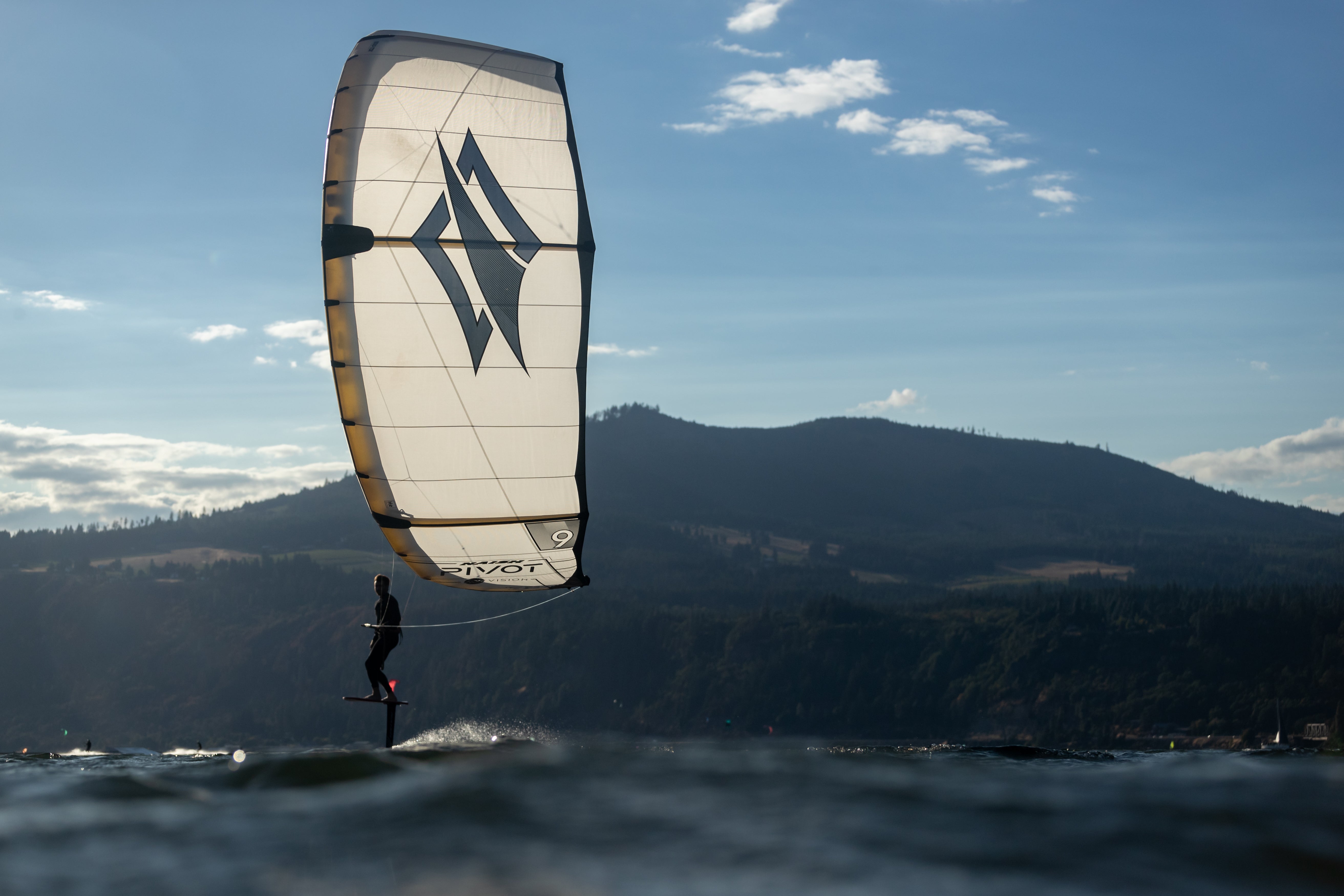Getting the inside scoop on the new twin tips with Lars Moltrup - Monarch
1) How do the rocker, flex and outline affect the board’s performance?
In general, these features have a great influence on the riding characteristics of the board and all work in relation to each other. Rocker, flex, and outline must all be adjusted and balanced to the target conditions you want the board to perform in. If you are looking for comfort in choppy conditions and soft landings, a higher rocker will be optimal, provided that the board has the right amount of flex.
If you want a board to plane out earlier, a low rocker board with narrow tips will work best. The low rocker will also need to have a lower value of flex so that it will not collapse on hard landings.
The outlines also play a big part in optimizing the board for the riding style and level of the rider. Wider tips give you more radical pop and better flatwater freestyle performance, where narrower tips give you a more forgiving and comfortable riding experience.
To make it easier to understand and compare, we have started to define the flex and rocker with quantifiable values. Stiffer boards have a lower flex value, for example, the dub = F32. Softer boards have a higher value, for instance the Hero = F45.
To make the rockers easier to understand and compare, they have been defined in three stages of tangent radii creating a continuous curvature. The radii is defined in the board specs and have different placements and sizes. This gives the boards different riding characteristics.
Specifically to the Monarch:
Low rocker, low flex and wide tips (which give a slightly straighter outline than the typical freeride board), provide the Monarch with radical pop, maximum control, early planing and speed. The beveled edges give the board a comfy ride in choppy conditions. The low flex of the Monarch has allowed us to have a low rocker. The rocker is highest at the stance area and relatively flat in the center section. Due to the wide tips, the rocker is increased to give the board a lively feel.
2) How does the bottom and deck shaping contribute to the performance?
The different contours and features on the bottom of the boards give various characteristics to the board. When designing the deck of the boards, it is overall a matter of reducing weight, but also very much an efficient way to stiffen the board up with minimal use of materials. The tip shapes provides an I-beam effect which gives a much stiffer tip than if it was a flat or single concave.
Specifically to the Monarch:
The quadruple concave bottom gives the board directional stability and soft landings. The beveled edges help disperse the water on landings and also add impact absorption. The tunnel in the beveled edges also increase directional stability. The Hexa-tunnel Tips provide unmatched edging for solid grip and work as a structural arch to increase stiffness in the tip area with a minimum use of materials.
3) What is the philosophy behind the construction?
The design objective is focused on making the boards as light as possible. For this reason, we are utilizing high tensile gradated laminates, which means that the largest amount of fiberglass is at the stance area and in-between. This also means we can reduce the amount of material applied to the tips to save where less reinforcement is needed.
All boards also have impact reinforcement zones, which are fiberglass patches that disperse impact forces throughout the board, thus increasing durability.
Specifically to the Monarch:
The Monarch has two strips of carbon fiber on the deck and one wide strip on the bottom to strategically control how the board flexes and maintain an optimal weight-to-strength ratio.
4) What does the rail shape do for the board?
Throughout the twin tip line, all the boards have step rails. This concept was implemented to reduce weight by reducing the overall wood core volume and increase grip on the water.
5) What is Flex Torsion Control?
The Flex Torsion Control is added on the high performance boards to increase stiffness in both the axial and torsional axis, specifically in the area where it is needed. Without adding excess weight to the board, the Flex Torsion Control gives the board a better response and a more dynamic ride.
6) How does fin positioning affect the board?
For the new twin tip line, we have found the optimal position for the fins through vigorous testing. Testing criteria has been upwind ability, edging, comfort and release from the water.
Specifically to the Monarch:
The angling of the fins is related to the bottom shaping and desired characteristics of the board. On the Monarch, the fins have been angled 3 degrees in order to improve the grip and upwind ability.



